Variable Speed vs 2 speed discussion
poolguynj
15 years ago
Related Stories

COLORSpeed-Dial Color Selection to Get the Best Result
You’ve belabored your color decisions and are still stuck. Here is how to evaluate your space and make choices that are right for you
Full Story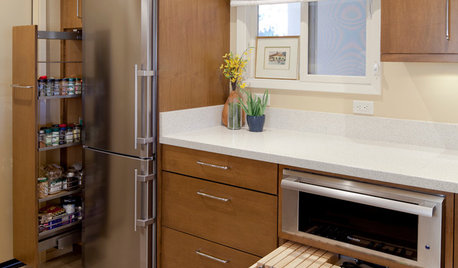
ORGANIZINGYour Total Home Organizing and Decluttering Guide
Take it slow or be a speed demon — this room-by-room approach to organizing and storage will get your home in shape no matter how you roll
Full Story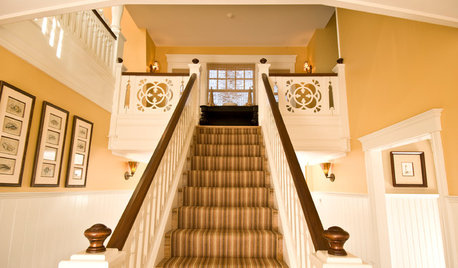
CONTRACTOR TIPSBuilding Permits: The Submittal Process
In part 2 of our series examining the building permit process, learn what to do and expect as you seek approval for your project
Full Story
HOMES AROUND THE WORLDWorld of Design: 11 Book Lovers and Where They Like to Read
Bibliophiles across the globe reveal their top books and favorite reading spots, from a 2-story library to an artfully curated book nook
Full Story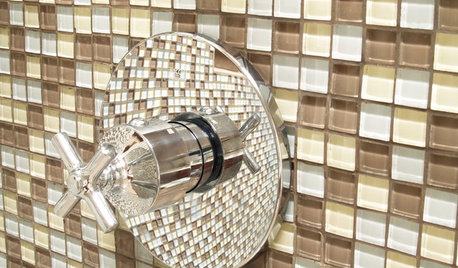
BATHROOM DESIGNConvert Your Tub Space to a Shower — the Fixtures-Shopping Phase
Step 2 in swapping your tub for a sleek new shower: Determine your mechanical needs and buy quality fixtures
Full Story
KITCHEN DESIGN16 Practical Ideas to Borrow From Professional Kitchens
Restaurant kitchens are designed to function efficiently and safely. Why not adopt some of their tricks in your own home?
Full Story
ORGANIZING‘Tidying Up’ Author Marie Kondo Tells How to ‘Spark Joy’ at Home
A new book from the author of ‘The Life-Changing Magic of Tidying Up’ delves deeper into her KonMari Method of decluttering and organizing
Full Story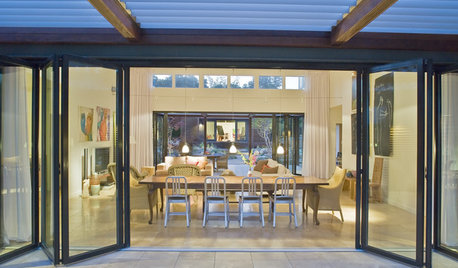
ARCHITECTURE10 Things to Know About Prefab Homes
Are prefab homes less costly, faster to build and greener than homes constructed onsite? Here are answers to those questions and more
Full Story
REMODELING GUIDESConstruction Timelines: What to Know Before You Build
Learn the details of building schedules to lessen frustration, help your project go smoothly and prevent delays
Full Story





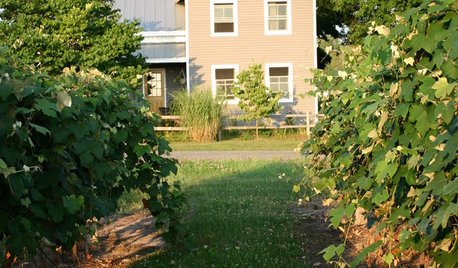
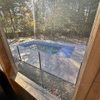

topfiftybuilder
devildog1989
Related Professionals
Newman Swimming Pool Builders · Windham Landscape Architects & Landscape Designers · Seabrook Landscape Architects & Landscape Designers · Edmond Landscape Contractors · Andover Landscape Contractors · Gainesville Landscape Contractors · Lemay Landscape Contractors · Little Ferry Landscape Contractors · San Rafael Landscape Contractors · Vacaville Landscape Contractors · New Carrollton Landscape Contractors · Diamond Bar Decks, Patios & Outdoor Enclosures · Franconia Decks, Patios & Outdoor Enclosures · Salem Decks, Patios & Outdoor Enclosures · Spanaway Decks, Patios & Outdoor Enclosuresmas985
trhought
poolguynjOriginal Author
el_duderino
poolguynjOriginal Author
el_duderino
topfiftybuilder
flchad
gorilla_x
poolguynjOriginal Author
doublespiral
gorilla_x
poolguynjOriginal Author
doublespiral
poolguynjOriginal Author